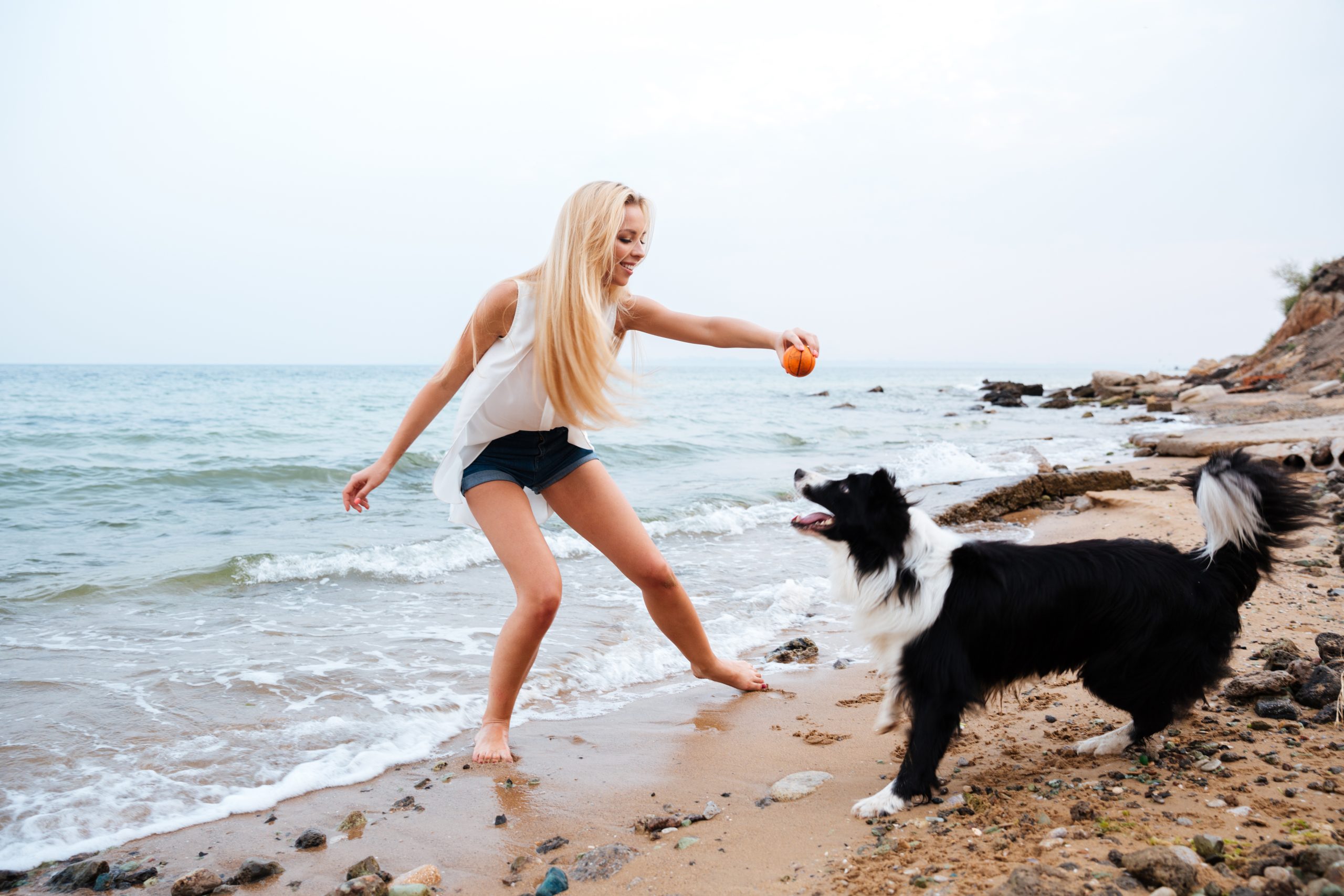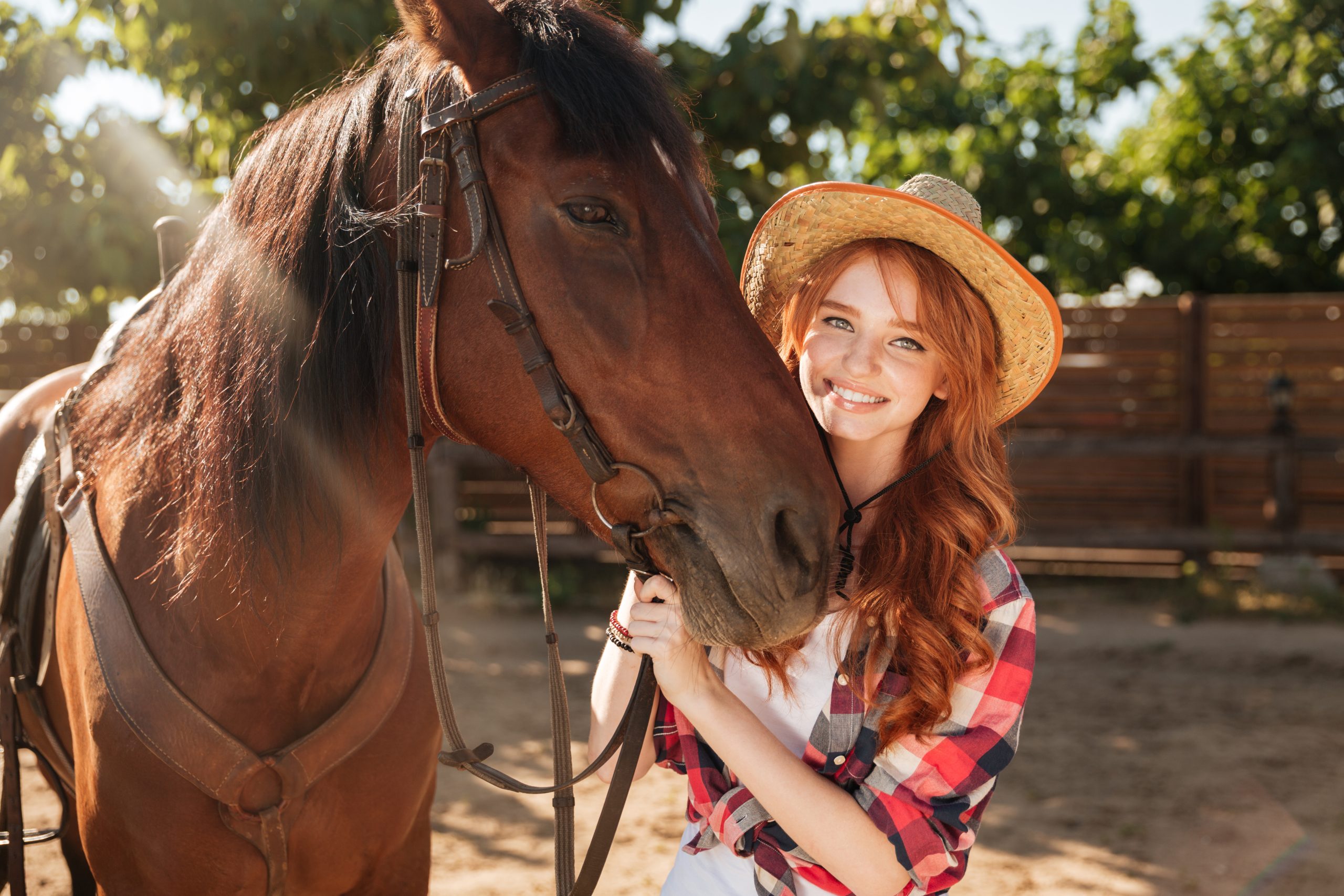Training your dog can be one of the most rewarding experiences, enhancing the bond between you and your furry friend. However, it can also be challenging without the right approach. To set both you and your pup up for success, let’s explore the essential do’s and don’ts of effective dog training.
*When Should You Train Your Puppy?**
Timing is crucial when it comes to puppy training. Ideally, start as soon as you bring your new friend home—this could be as early as eight weeks old. Early socialization is vital; exposing your puppy to different environments, sounds, and people at this age builds their confidence and adaptability. Keep training sessions short but consistent. Puppies have short attention spans, so aim for 5-10 minute sessions several times a day rather than long marathons that might overwhelm them.
*What Is the Best Way to Potty Train Your Puppy?**
Potty training is often among the first hurdles new pet owners face. The key here lies in consistency and positive reinforcement. Take your puppy outside frequently—especially after meals, naps, and playtime—and reward them with praise or treats when they relieve themselves outdoors. Designate a specific spot in your yard to create an association with bathroom breaks. Accidents will happen; instead of scolding them harshly, clean up calmly and continue with your routine. Remember: patience is paramount!
*What Is the Best Obedience Training for My Dog?**
The best obedience training varies depending on the dog’s age, breed, and temperament. For many dogs, basic commands like sit, stay, come, and heel form the foundation of good behavior. Positive reinforcement methods are highly effective; use treats or toys to reward desired behaviors rather than punishment for undesirable ones. Group classes can also provide socialization opportunities while teaching basic commands under supervision—an excellent choice for both puppies and older dogs alike.
*How Many Days Per Week Should I Train My Dog?**
Consistency is essential in any training regimen! Aim for at least 3-5 days per week of focused training sessions lasting around 15 minutes each time. This frequency allows for retention while keeping things fresh in your dog’s mind without risking burnout or boredom from repetitive tasks.
*What Is the Best Puppy Training Method?**
There are several methods out there; however, positive reinforcement stands out as one of the most effective approaches across various breeds! It encourages good behavior while building trust between you and your pup. Techniques like clicker training can also enhance communication during these formative learning years—it’s all about making learning fun!

*Indoor Puppy Training**
Not every day offers perfect weather for outdoor adventures; hence indoor training becomes necessary too! Create designated areas within your home where distractions are minimal yet stimulating enough to engage their minds—think interactive toys or puzzle feeders that challenge their problem-solving skills! Use mats or pads specifically designed for indoor potty breaks if needed until they grasp outdoor routines fully.

In conclusion, mastering dog training doesn’t require expertise overnight; it demands dedication paired with love! By following these do’s and don’ts along with proper timing techniques throughout various stages of development—from puppyhood through adulthood—you’ll cultivate an obedient companion ready to tackle life by your side!
Other Questions People Ask
What is the recommended timing for puppy training sessions to ensure effective learning?
Training sessions for puppies should be short but frequent, ideally lasting 5-10 minutes multiple times a day. This approach aligns with their short attention spans and prevents overwhelm. Regular, consistent sessions help reinforce learning and build trust without causing frustration. Maintaining this schedule from the start promotes steady progress in obedience and social skills.
How can you get the best results with *When Should You Train Your Puppy?**?
Achieving the best results with *When Should You Train Your Puppy?** requires clear goals and consistent practice. Start by understanding proven methods and gathering the right resources. Then follow a structured process, adapting to challenges as they arise. Focusing on quality and maintaining patience will lead to lasting success.
What common mistakes should you avoid with *When Should You Train Your Puppy?**?
When using *When Should You Train Your Puppy?**, people often overlook fundamental principles or skip important steps. Rushing through the process or failing to plan can lead to poor outcomes. Being aware of these common pitfalls allows you to avoid them from the start. Careful preparation and attention to detail will help you achieve the desired results.